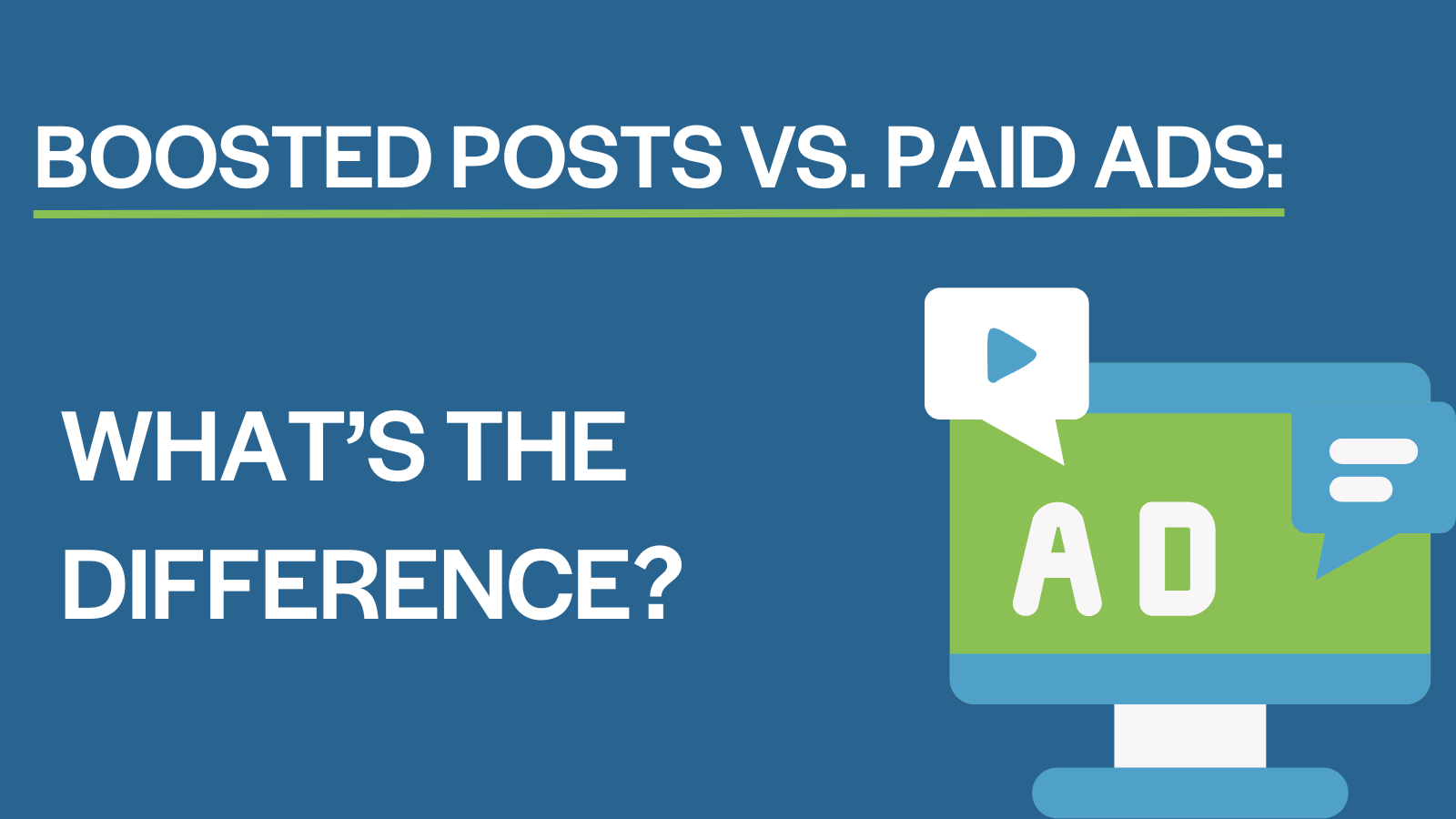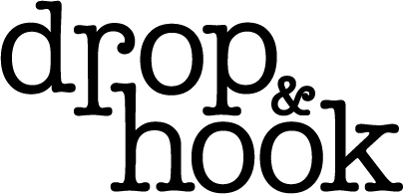Boosted Posts vs. Paid Ads: What’s The Difference

For those in the transportation and logistics industry who don’t work with social media ads on a regular basis, there can be some confusion around the difference between boosted posts and paid ads. While a boosted post is a type of ad, it has key differences compared to running traditional ads. Depending on whether you choose to put your ad spend behind boosting posts or running ads, the outcomes you see in your campaign will change.
Keep reading to learn the differences between boosted posts and paid ads and how to decide which option is the best way to meet your campaign objectives.
What is a Boosted Post?
A boosted post is a regular social media post you’ve made to your page and put a budget behind. "Boosting" the post helps to ensure that it will reach your intended audience. By boosting a post, you are paying to show the post to more people than it would reach organically. By default boosted posts are typically targeted to your page followers or your page followers and their connections, however, you generally can add some additional targeting options within the "boost" interface if you choose to do so.
When boosting posts, you will decide what audience you want the post to reach, the maximum budget you want to put behind the post, and how long you want the boosted post to run for.
Boosting posts can help increase engagement, drive website traffic, and ultimately lead to a stronger brand community. Most importantly, boosting a post means your reach is not limited by the feed algorithm of whatever social network you are posting to.
What is a Paid Ad?
Although a boosted post is considered an ad, there are differences to note between the two. Most notably, ads are not published publicly on a social media page but rather created within an ad platform, either within the social network's interface or in a third-party tool. Ad management platforms offer more customization, objective, and audience targeting options.
Paid ads can be created to reach more specific goals like website conversions, video views, conversations in messenger, app downloads, and more. Additionally, when running ads, you can choose ad placements, have greater control over the creative, and apply advanced audience targeting and retargeting options.
Pros and Cons: Boosted Posts vs. Paid Ads
While there are pros and cons to both boosted posts and paid ads, the most important factor in deciding between the two is determining your goals and finding the option that will help you reach them. It’s also important to consider the bandwidth of your team. Do you have the resources to learn and navigate the ad platform? Do you have time to create new ads from scratch? Who is going to manage the ads once they are up and running? Answering these additional questions can help you decide between paid ads and boosted posts. In many cases, it may make sense to run boosted posts alongside paid ads as a part of your overall paid media strategy!
Here are some pros and cons of boosted posts and paid ads:
Boosted Post Pros:
- Can be started right from your page with the right admin access.
- Helps your content reach the right audience.
- Increase brand awareness and engagement with organic content.
Boosted Post Cons:
- The post will be marked as "sponsored" or "promoted," which some audiences may perceive negatively.
- Limited targeting and creative options.
- Limited goals and objectives.
- More difficult to manage spend as a component of other paid media budgets.
- Limited reporting.
Paid Ads Pros:
- You can choose where your ads appear and include or exclude specific placements.
- Choose the right objectives to meet your goals.
- Enhanced creative options.
- Additional audience targeting and retargeting tools.
- Expanded and customizable reporting.
Paid Ads Cons:
- Learning a new ad platform can take time and patience.
- Ads are created from scratch as opposed to being repurposed from existing content.
Should I Boost my Posts or Run Ads?
Whether you decide to boost your page posts or run ads will mostly depend on your goals. If you want to increase brand awareness or engagement on a specific post, boosting your post could be a good option. Although, you should keep in mind that similar objectives can also be reached when running paid ads.
If you have more complex goals like website conversions or app downloads, you should run paid ads for more detailed targeting and control over ad creative to lead people towards these goals.
If you’re having a hard time deciding if you should boost a post or run an ad, ask yourself this question: “What am I trying to achieve with this ad?” If the answer is brand awareness or increased engagement and reach on your organic content, a boosted post may be a good option. If you are trying to increase conversions, video views, app downloads, or any other advanced objective where you will want more control over your ads and audience, you should run a paid ad. Remember, you can always boost organic content from within the paid ads manager if you are targeting multiple social media objectives at once!
In the transportation and logistics industry, drop & hook has seen great success with paid ads for both complex objectives and ones relating to brand awareness and social media engagement. While every situation is different, most organizations see results more aligned with their goals when using ads manager to place paid ads versus boosting posts directly from the page interface.
Any time you’re starting a new paid advertising campaign, it’s important to make sure you have a solid strategy in place. There are great resources you can reach out to for help, like the Meta Pro Team, LinkedIn Marketing Solutions, or agencies like drop & hook!

